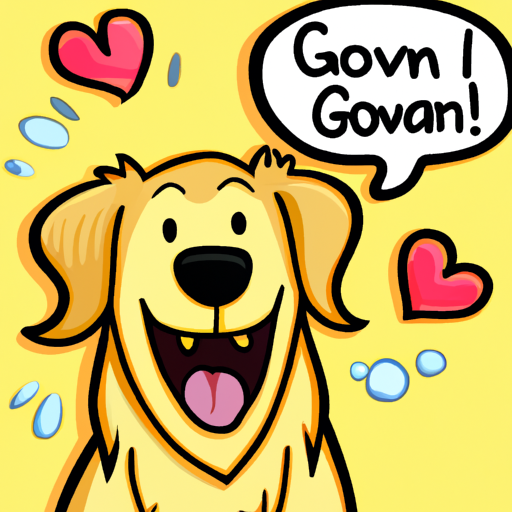As a caregiver for a canine companion, understanding their body language is crucial. One common behavior you may notice is panting. But what exactly does it mean? Is it a sign of happiness? Let’s delve deep into this topic.
H2: Understanding Dog Panting
Panting in dogs is a normal behavior, but it can also signify various things. It’s a primary way for dogs to cool themselves down because unlike humans, dogs don’t sweat through their skin. They release heat and exchange fresh air through panting.
However, panting can also be a sign of other emotions. It’s here where your attention as a caregiver needs to be sharp and discerning.
H2: Panting as a Sign of Happiness
Yes, dogs do pant when they are happy.
When your dog is playing and having fun, they may pant. This type of panting is generally accompanied by a wagging tail and an excited demeanor.
Here are some signs to look out for:
- A lolling tongue
- Bright eyes
- Ears pricked up
However, remember not to confuse excited panting with stress or overheating.
H2: Panting as a Sign of Stress or Discomfort
Just as a human might bite their nails when nervous, dogs can pant when they’re stressed or uncomfortable.
This sort of panting is usually accompanied by other signs of distress:
- Pacing
- Whining
- Destructive behavior
If you observe these signs, it’s crucial to identify and address the source of the stress for your dog.
H2: Panting Due to Medical Issues
Sometimes, panting can be a symptom of medical issues. It’s essential to know when panting is normal and when it’s a cause for concern.
Here’s a comparison table to help you distinguish:
| Normal Panting | Abnormal Panting |
|---|---|
| Occurs during/after play or exercise | Occurs at odd times |
| Stops when the dog is rested | Continues even when the dog is at rest |
| Does not cause distress | Dog seems anxious |
If your dog’s panting worries you, don’t hesitate to consult a vet.
H2: Ensuring Your Dog’s Comfort
As a caregiver, your role is to ensure your dog is comfortable and happy. Understanding the reasons behind their panting will help you provide better care for your furry friend.
Frequently Asked Questions (FAQ)
1. Q: Can panting be a sign of pain in dogs?
A: Yes, excessive panting can be a sign of pain in dogs.
2. Q: Should I be worried if my dog is panting at night?
A: Night panting can be normal, but if it’s excessive or accompanied by other symptoms, consult a vet.
3. Q: Can dogs pant due to anxiety?
A: Yes, anxiety can cause dogs to pant, along with other symptoms like pacing, whining, or destructive behavior.
4. Q: How can I differentiate between normal and abnormal panting?
A: Normal panting occurs during or after play and stops when the dog rests. Abnormal panting is excessive, happens at odd times, and the dog seems distressed.
Remember, as a caregiver, your intuition is a powerful tool. If something feels off, it’s better to be safe and consult with a professional.



